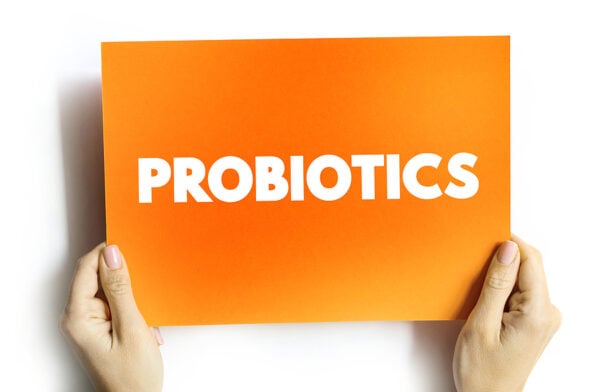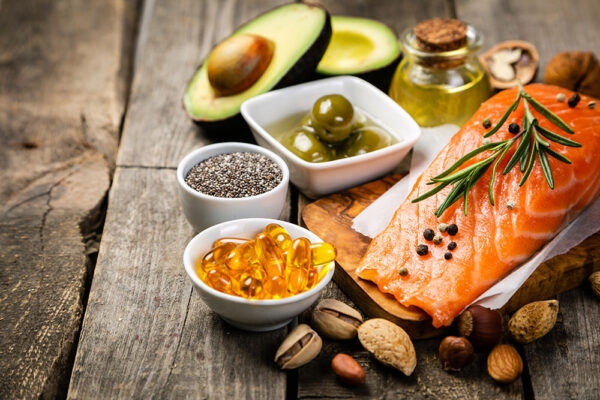Guide on What to Eat & When for Good Health
Food = Medicine!
Find out what to eat and when to set your body up for healing and longevity

So, what should we eat every day?
Food really is medicine if you eat well and make good choices. Likewise, consuming the wrong foods can be very damaging.
Here is a general guide, that I think will suit many people:
BREAKFAST
Mostly, I recommend skipping breakfast. This doesn’t suit everybody, but generally by not eating between dinner the previous night and lunch the next day (also known as intermittent fasting) can give the following health benefits:
🔥 Reduces insulin resistance and kickstarts fat burning
⏳ Promotes cellular repair, longevity and disease prevention
🧠 Boosts brain function and clarity
✨ Helps to reset the immune system
Alternatively, vegetable juices, yoghurt and berries, or eggs are great choices.
LUNCH
Eating a meal rich in whole foods, vegetables, salads, healthy fats and some protein is ideal.
For many, I recommend keeping it low carb and keeping away from typical lunchtime favourites, such as sandwiches, sausage rolls and pies. Try to include cruciferous vegetables where you can for an extra health boost; ideally, they should be consumed once per day. Soups are a good option too.
DINNER
Unprocessed, whole foods are ideal. Having a balance with fresh vegetables/leafy greens, healthy fats, protein, and some carbohydrate (if you feel you need it) should be the goal. Examples of healthy dinners are listed below:
🐟 Grilled fish, sweet potato and vegetables
🌱 Vegetable, tofu rice and barley risotto
🍗 Traditional roast chicken meal
🥚 Omlette, salad and roasted veg
🍛 Lamb and vegetable curry
🫘 Vegetarian beans and lentil curry
🥩 Beef and vegetables
🍃 Buckwheat pesto pasta with lentil/bean salad
Is meat healthy?
You will notice that I have included meat in the examples. This is because meat offers many health benefits, particularly if it is organic or free range. What’s more, some meats are particularly rich in nutrients, minerals, B vitamins, fat-soluble vitamins, and more, at levels that are hard to reach with other foods. In fact, meats provide the most readily absorbable forms of iron and zinc, and the only meaningful source of B12, which is a crucial nutrient. In addition they are a complete protein.
This is why I personally like to eat good quality meats several times a week. I am a big fan of plant based meals too, and love all the benefits fresh vegetables and green, leafy salads provide us with. It’s a case of everything in balance, and I personally like to alternate throughout the week between meat based and vegetarian meals. But, always, with everything meal, I have a large serve of vegetables or dark, leafy greens.
Vegetarian diet
Some people will want to follow, and will suit, a purely vegetarian diet. This can be very healthy and beneficial, as long as you get sufficient protein from non-animal sources and also keep an eye on your B12 and iron levels.
Should you eat carbs?
Excessive carbs create inflammation, contribute to insulin resistance and a number of long term, degenerative health problems. Carbs are a hot topic – check out this past post to find out more How many carbs you should eat varies from person to person, and it’s something I can advise on personally for your situation.
Should I eat Keto or Paleo?
Keto and Paleo diets are excellent diets, and have helped a lot of people with optimising their health, helping with weight loss, and assisting with chronic health conditions.
How to bridge over to low carb
A lot of people find it challenging to bridge over from a diet high in carbs to a low-carb diet, such as Paleo or Keto. Natural remedies can support this transition to make it gentler and easier to stick to. If you are interested to start either of these diets, it would be good to have a chat with you first, and I can help you to structure the best way forward with it.
















